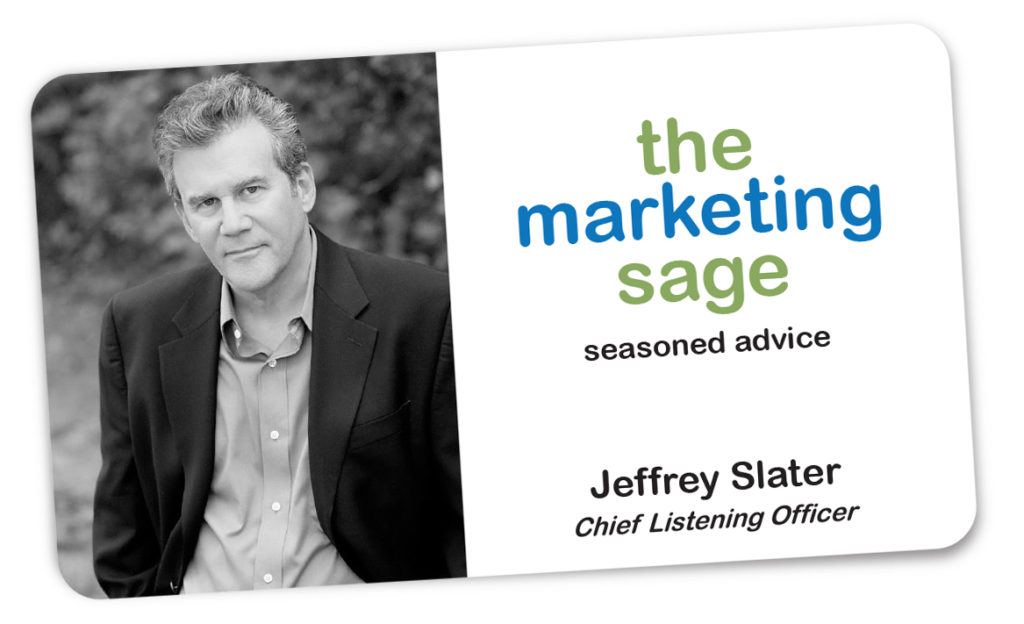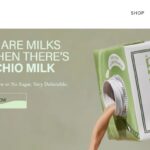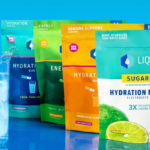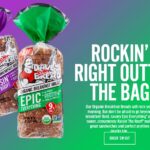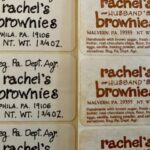Marketing a Brand without an Interesting Story is Dumb
Why is storytelling critical for building, marketing, and selling a brand through retailers or consumers?
Whether you are selling chocolate, cheese, or chicken, it is no longer enough to build the brand by discussing the product itself.
Yes, the product needs to taste spectacularly good to make it in this competitive world. But those are table stakes. Consumers won’t rebuy something that doesn’t take great, but a deeper connection comes through the right story.
In today’s crowded market, simply talking about your product is no longer enough to build a successful brand. Whether selling through retailers or directly to consumers, compelling storytelling is critical for building, marketing, and selling your brand.
By sharing a compelling narrative, you can create an emotional connection with your audience and differentiate yourself from the competition. In this post, we’ll explore why storytelling is critical for building a thriving food and beverage brand and highlight two real-world examples of brands that have used storytelling significantly.
Why Storytelling Matters in Marketing a Brand and Building a Food and Beverage Business
Differentiation
Compelling storytelling can differentiate your brand from others in the market. With so many options available to consumers, finding a way to stand out is essential. By sharing your brand’s unique story, you can create a compelling reason for consumers to choose your product over the competition. The bakery that supports people who have a difficult time staying employed, like Greystone—their tagline – more than a brownie.
Emotional Connection
Telling a great story can create an emotional connection with your audience. People who feel connected to your brand are likelier to become loyal customers. Emotionally invested customers will share their positive experiences with others, creating a virtuous cycle of word-of-mouth marketing. See Bitty & Beau’s coffee shop franchise, which employs people with intellectual and developmental disabilities.
Building Trust
A well-told story can help build trust with your audience. When you share the story behind your brand, you’re giving customers a peek behind the curtain. This transparency can help establish trust, as consumers can see that there are real people behind the product who care about their customers’ experience.
Real-World Examples of Brands with Great Stories
Ben & Jerry’s
This ice cream brand is known for its unique flavors and commitment to social responsibility. Their story began in 1978 when founders Ben Cohen and Jerry Greenfield took a $5 correspondence course on ice cream making and opened their first scoop shop in Vermont. They grew their business while sticking to their values of using high-quality ingredients and advocating for social and environmental issues. Their brand story focuses on their commitment to creating a better world through activism and community involvement. Please read about when my wife and I had sushi with Ben & Jerry here.
Yumbutter:
This nut butter brand aims to nourish the world by creating delicious and healthy products that give back. Yumbutter’s story began with a group of friends who were inspired to create nutritious and portable food for their hiking trips. They developed a line of nut butter made with wholesome ingredients and partnered with non-profit organizations to provide food to needy people. Yumbutter’s brand story highlights its commitment to positively impacting the world through its products and partnerships.
Kashi
This cereal and snack brand was founded in 1984 to make healthy eating accessible and enjoyable. Kashi’s brand story centers around its commitment to using whole, natural ingredients and promoting sustainable farming practices. They work closely with their suppliers to ensure that their ingredients are responsibly sourced and traceable, and they prioritize transparency in their labeling and packaging. Kashi’s brand story appeals to health-conscious consumers who care about where their food comes from and how it’s made. Kashi is now part of Kellogg Brands.
Bob’s Red Mill
This whole grain and baking products brand was founded in 1978 by Bob Moore, who was passionate about traditional milling methods and a commitment to complete grain nutrition. Bob’s Red Mill’s brand story highlights its dedication to using high-quality, minimally processed ingredients and preserving traditional techniques. They source their grains from farmers who share their values and mill them using old-fashioned stone mills to preserve their nutrients and flavor. Bob’s Red Mill’s brand story resonates with consumers who appreciate the history and artistry of traditional food production.
Patagonia Provisions
Patagonia Provisions is the food arm of the outdoor apparel company Patagonia. The company was founded on a mission to create sustainable, responsibly sourced food that is good for people and the planet. Patagonia Provisions offers a range of products, including canned salmon, buffalo jerky, and beer.
The story behind Patagonia Provisions is central to the brand’s identity. By sharing its mission to create sustainable food and highlighting the sourcing of its ingredients, the company has built a loyal following of customers who share its values. Patagonia Provisions also partners with organizations supporting regenerative agriculture and sustainable fishing practices, demonstrating their commitment to sustainability.
Taza Chocolate
Taza Chocolate is a bean-to-bar chocolate maker based in Somerville, Massachusetts. Alex Whitmore and Kathleen Fulton founded the company after a trip to Oaxaca, Mexico, where they fell in love with the traditional stone-ground chocolate-making process. Today, Taza Chocolate is known for its unique flavor and texture, resulting from the conventional grinding method.
Taza Chocolate’s story is central to the brand’s identity. Taza Chocolate has created a loyal following by sharing their passion for traditional chocolate-making methods and highlighting the sourcing of their cacao beans. The company’s commitment to sustainability and fair trade practices has also resonated with customers, who appreciate its values as much as the product.
Best Practices for the Storytelling Framework
Know your audience: Understand your target audience and what motivates them. Tailor your story to resonate with their values and needs.
Be authentic: Your story should reflect your brand’s values and mission. Don’t try to be something you’re not.
Highlight your unique selling proposition: What sets your product apart? Make sure to highlight this in your storytelling.
Use visuals: Use imagery and videos to help bring your story to life. This will make it more engaging and memorable for your audience.
Consistency is key: Ensure your story is consistent across all marketing channels. This will help build a cohesive brand identity and create a stronger emotional connection with your audience.
Don’t Be Dumb – Tell Your Story When Marketing Your Brand
Compelling storytelling is critical for building, marketing, and selling a food and beverage brand.
By differentiating your brand, creating an emotional connection with your audience, and building trust, you can establish a loyal following of customers who share your values and appreciate your products. By following best practices such as understanding your audience, being authentic, highlighting your unique selling proposition, using visuals, and maintaining consistency, you can create a compelling brand story that sets you apart from the competition.
So, whether you’re selling chocolate, cheese, or chicken through retailers or directly to consumers, don’t underestimate the power of storytelling in building a thriving food and beverage brand.
You can set up a time to chat with me about your marketing challenges using my calendar. Email me jeffslater@themarketingsage.com Call me. 919 720 0995. The conversation is free, and we can explore if working together makes sense. Watch a short video about working with me.
Photo by Mika Baumeister on Unsplash

